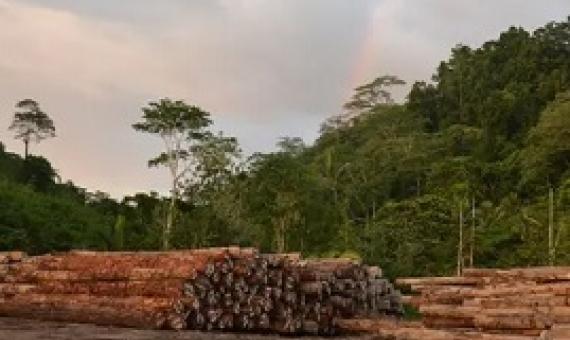Village-based marine resources use and rural livelihoods: Kimbe Bay, West New Britain, Papua New Guinea
This socio-economic study was conducted in six villages in Kimbe Bay and was part of a larger project being undertaken by The Nature Conservancy (TNC) to understand the physical and biological aspects of marine ecosystems of Kimbe Bay and the socioeconomic issues influencing local marine resource use and conservation.







